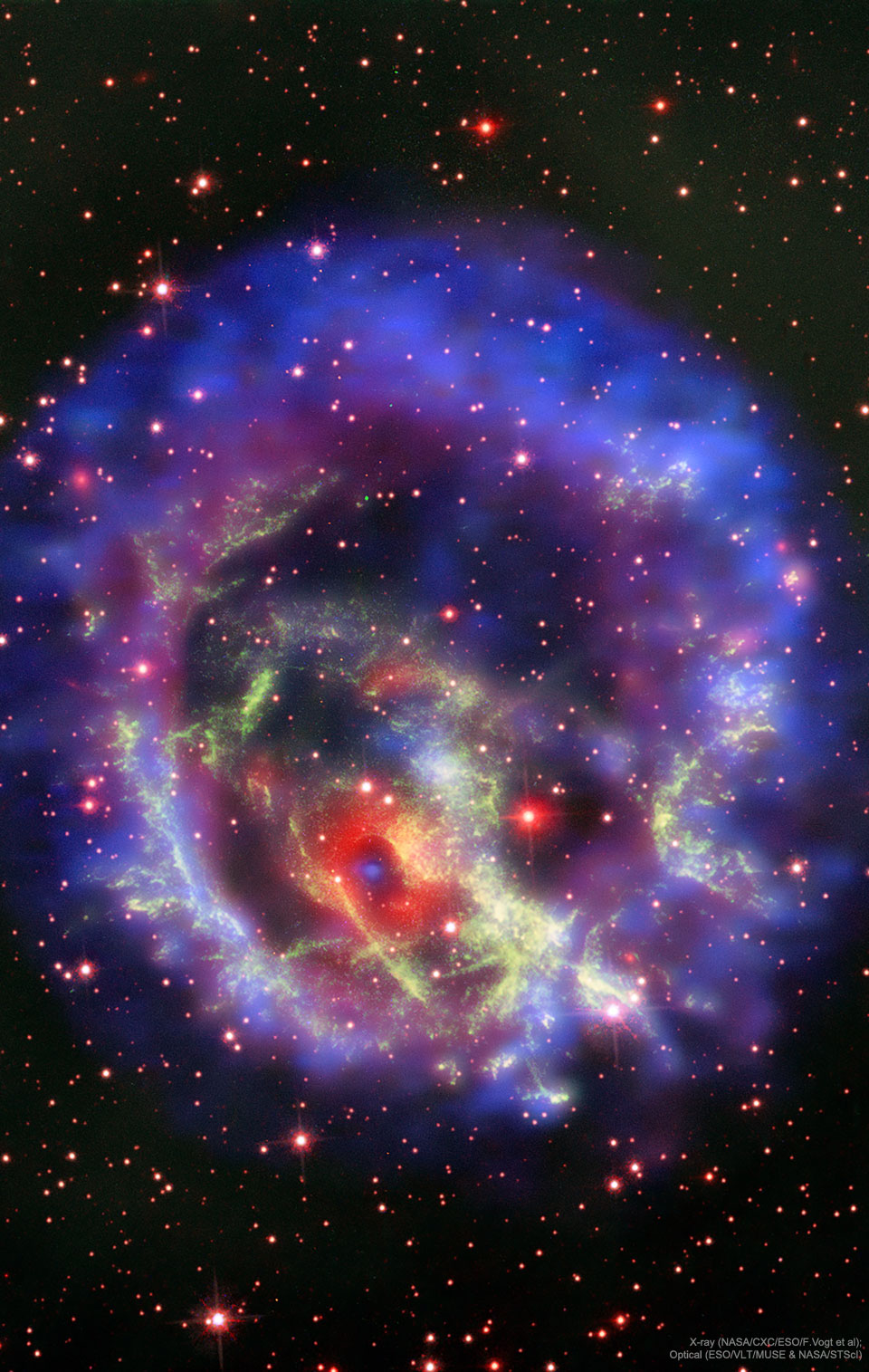
The Lonely Neutron Star in Supernova E0102 72.3


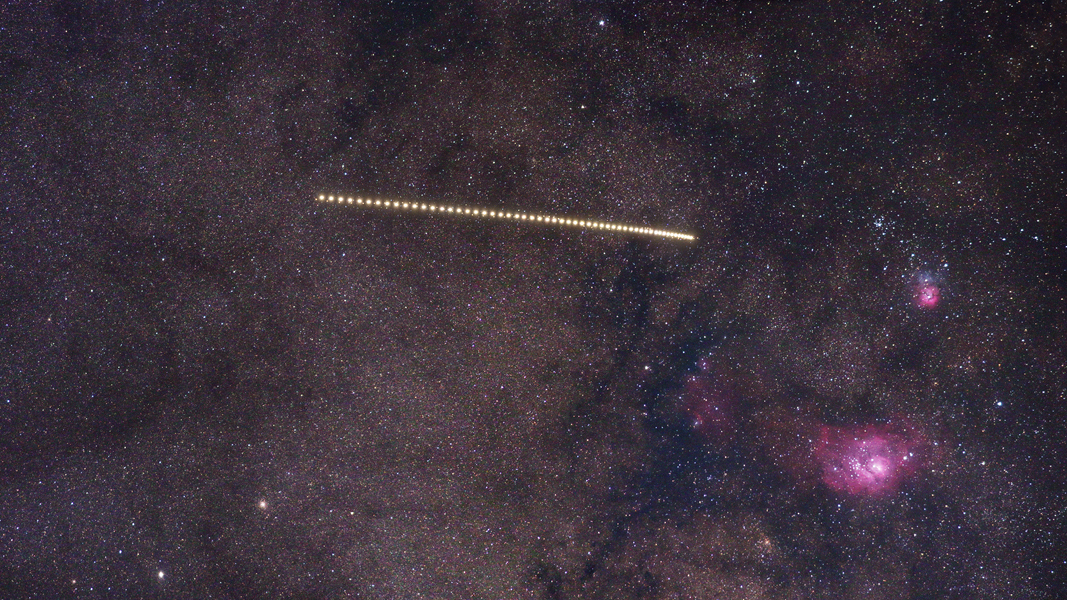
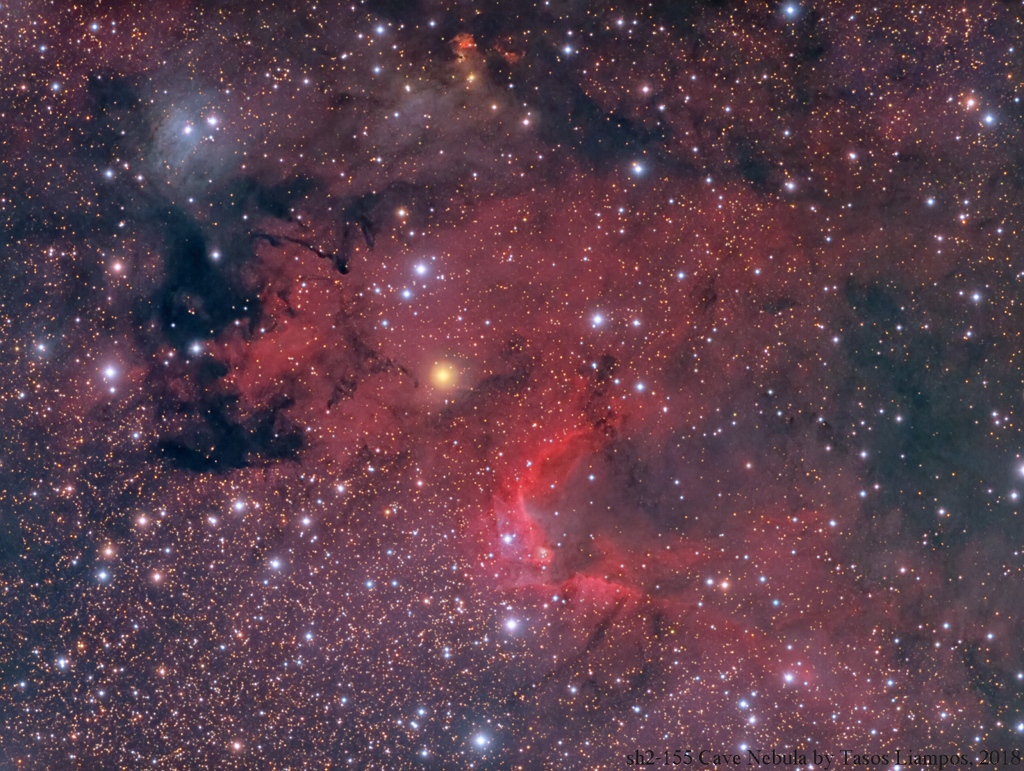
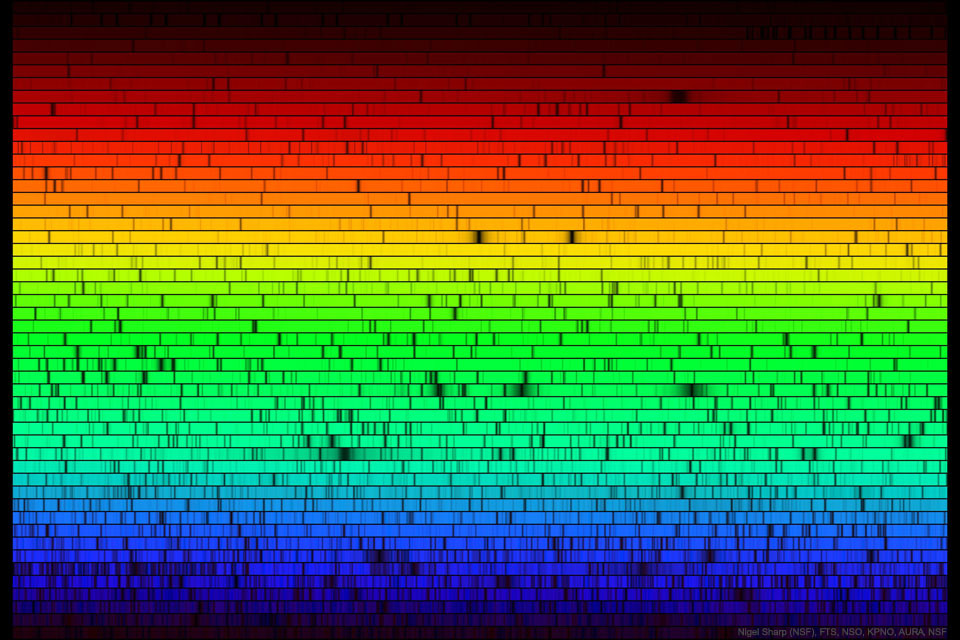
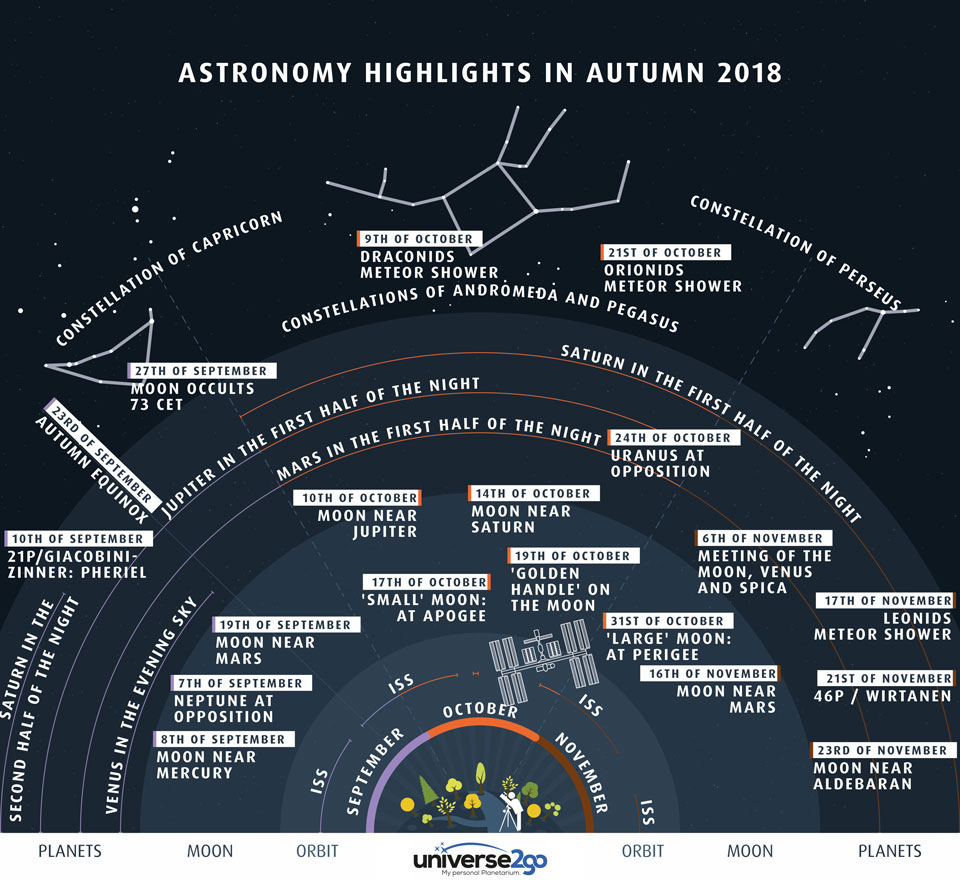

El hilo de @javisalas ya es de por sí dolorosamente necesario, pero el de @Nopanaden es un perfecto complemento. Pero un complemento de verdad, de los que pueden ejercer acción sanadora en las conciencias, no es homeopatía. https://t.co/okGXgSJtSr
El hilo de @javisalas ya es de por sí dolorosamente necesario, pero el de @Nopanaden es un perfecto complemento. Pero un complemento de verdad, de los que pueden ejercer acción sanadora en las conciencias, no es homeopatía. #p https://t.co/okGXgSJtSr
— Rafael Bustamante (@rbustamantet) September 23, 2018
Más puntos de vista sobre la homeopatía. Médicos colegiados estafando a personas enfermas y llevándolas a la muerte. A propósito de un caso: https://t.co/Gdrl6kZ7wq
https://t.co/0lWbfwtIhd
Más puntos de vista sobre la homeopatía. Médicos colegiados estafando a personas enfermas y llevándolas a la muerte. A propósito de un caso: https://t.co/Gdrl6kZ7wq #p pic.twitter.com/0lWbfwtIhd
— Rafael Bustamante (@rbustamantet) September 23, 2018
Los jueces, como los médicos, tratan a diario con el sufrimiento de los otros. Muchas veces les juzgamos a la ligera (me incluyo y lo siento), está bien que recordemos cuáles son sus batallas. https://t.co/57pDdxCUqe
Los jueces, como los médicos, tratan a diario con el sufrimiento de los otros. Muchas veces les juzgamos a la ligera (me incluyo y lo siento), está bien que recordemos cuáles son sus batallas. #p https://t.co/57pDdxCUqe
— Rafael Bustamante (@rbustamantet) September 23, 2018
